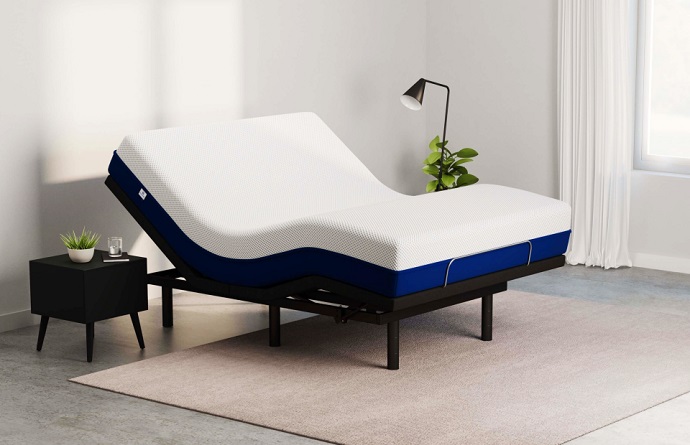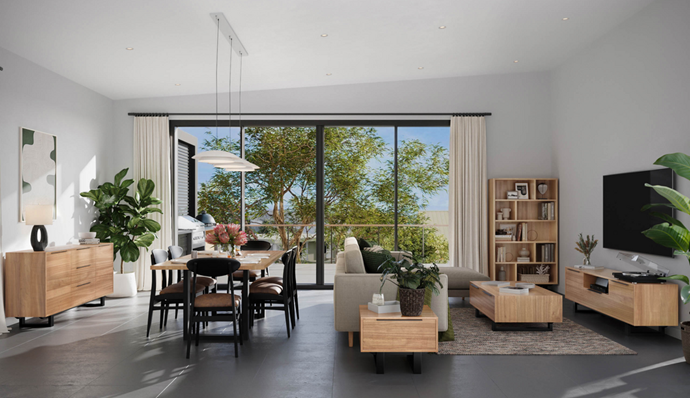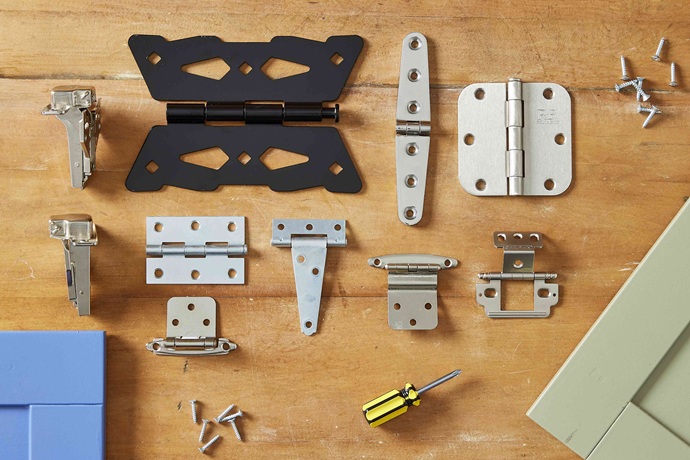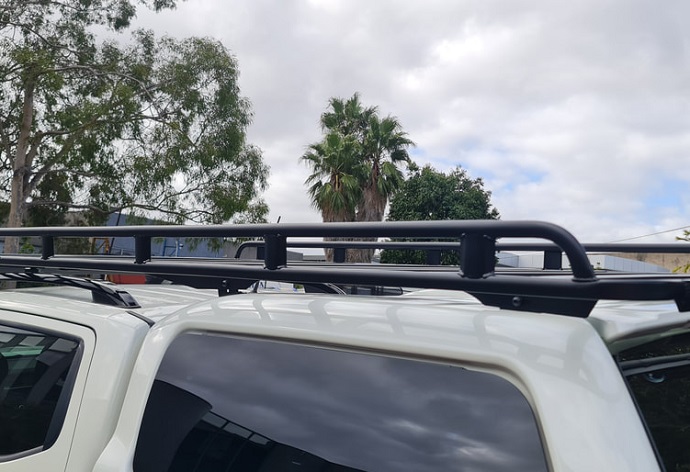Most new cars on the Aussie market come with LED headlights as standard inclusions. They have considerably better lighting output, lower power consumption, and last much longer than standard-issue halogen bulbs in older vehicles. And as with everything new to come out, LEDs conversion kits are all the craze and will deliver significantly improved lighting. That is if you abide by current ADR regulations and install them correctly.
How do Halogen Bulbs and LEDs Compare?
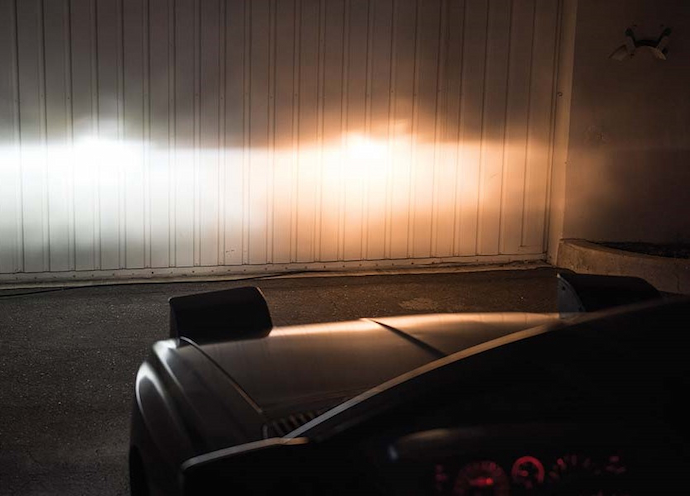
The advancement of lighting tech in recent years has helped with general safety while driving. LEDs are no longer exclusive to vehicles higher in the price range. And even if your car headlights come with older halogen bulbs, an LED headlight upgrade kit can bring the benefits enjoyed by the owners of newer vehicles.
Compared to halogens, LEDs get brighter, shine a more intense light, consume much less power, and will last longer. Even smaller LED lights can get quite bright, exceeding measurements put out by the best HID Xenon lights just from a few years back, and up to 50 per cent more than a standard H4 halogen bulb. And even at their highest setting, LEDs use around 80 per cent less power, so hooking up any extra goodies won’t drain your battery. Additionally, the light doesn’t have that irritating yellow tinge (or bluish in HIDs) but resembles daylight. This causes less fatigue in longer journeys, and won’t dazzle oncoming traffic with the high beams on.
Lastly, there’s durability to think of. LEDs don’t get as hot, don’t have gases or glass, and hold up better on rougher roads, being vibration and impact resistant. They’re also rated for 50 thousand working hours, so the money you put toward a headlight conversion kit will more than pay off considering all the halogen bulbs you’ll be replacing in the meantime.
The Headlights in Your Car
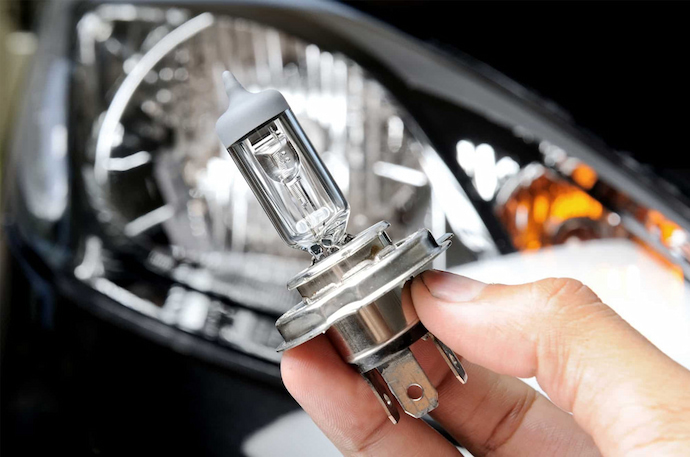
Car headlights must have high and low beams. This can be achieved in two ways – either from a single bulb or LED globe with both high and low beam function (or what is known as dual beam bulb) or a single bulb for both beam types separately with single beam bulbs. This is important as you need to source a compatible LED headlight upgrade kit. Identifying the type of bulbs your car comes with is relatively easy. H4 and H13 halogens are examples of dual-beam bulbs in one headlamp assembly, and H1 (high) and H7 (low) are examples of single-beam variants in a dual headlamp assembly.
Choosing the Right LEDs for Your Headlights
- Does the LED assembly fit? – The majority of LED conversion bulbs are plug-and-play units, meaning they fit the sockets housing the halogen bulb with a simple twist or click. If your LED doesn’t fit the socket, then you’ve bought the wrong one. Retailers make matters easier by listing the vehicles with which the LED conversion kits they sell are compatible. They list make, model and MY. Additionally, loose-fitting bulbs may require you to change the bulb holder or install an adapter. If the LEDs won’t come on, then check the polarity. You may have installed it the wrong way.
- CANbus compatibility – LED globes that are labelled ‘CANbus compatible’ should work fine with most vehicles. This is the system that tells you if there are issues with the lights. Since LEDs have a lower power draw, cars fitted with lights that aren’t compatible will throw up a warning in the dash even though they’re perfectly fine. Most cases are resolved by purchasing and installing an LED resistor kit that mimics the power draw of a standard halogen bulb.
- ADR Compliant – To ensure that you’re buying a perfectly legal LED headlight upgrade kit, the lights and supplied hardware need to be compliant with Australian Design Rules. This ensures that light is focussed, and projected in the right patterns and distance, without causing glare or blinding oncoming traffic.
- Buy LEDs from respected brands – Getting LED conversion kits ensures that the lights are built to a standard, work with your vehicle, perform as advertised, and last for the stated warranty. Build quality is one area with a lot of differences. Look for quality LED chips and sealed wiring. And read reviews to make sure you’re getting your money’s worth.
What Else to Look For
To get the best out of your LED conversion, that is, better low-light visibility, a decent spread of light and consistent performance, shop for lights with high effective lumens ratings, a neutral colour temperature, and good colour rendering index. Most LEDs have around 1500 lumens after being on for half an hour or more. This should be the same for the remaining time the lights are on, irrelevant of outside weather or road conditions.
LEDs also come in different colour temperatures (stated in Kelvin, or K). Ranges between 4000 and 5000 Kelvin are close to sunlight or natural white and will be easier on the eyes. Some lights may also have programmable colour temperatures to get the look you want. Lastly, the colour rendering index (CRI) indicates how true to life the colours from the lights are. Look for values between 70 to 100 for lights with a natural rendition.












